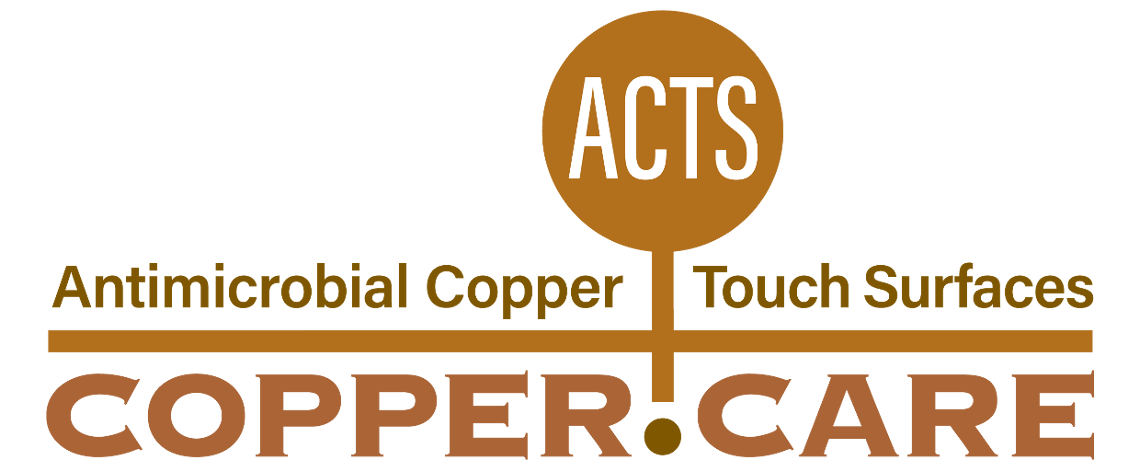
Superior
Bacteria that threaten patient health can survive on other metal or plastic surfaces for hundred of hours. Antimicrobial Copper Touch Surfaces are the only touch surfaces registered by the EPA to continuously kill greater than 99.9% of bacteria* that cause hospital acquired infections and degrade hygiene in hospitals. MD-CU29-1 Antimicrobial Copper has passed all EPA testing protocols and is permitted by the EPA to make specific antimicrobial public health claims regarding infection control in healthcare environments.
- E. coli O157:H7, a food-borne pathogen that has been associated with large-scale food recalls
- Methicillin-Resistant Staphylococcus aureus (MRSA), one of the most virulent strains of antibiotic-resistant bacteria and a constant culprit to patient safety and quality in healthcare environments
- Staphylococcus aureus, the most common of all bacterial staphylococcus (i.e. staph) infections that can cause life-threatening diseases, including pneumonia and meningitis
- Vancomycin-Resistant Enterococcus faecalis (VRE), an antibiotic resistant organism responsible for 4% of all Healthcare-Associated Infection
- Enterobacter aerogenes, a pathogenic bacterium commonly found in hospitals that causes opportunistic skin infections and impacts other body tissues
- Pseudomonas aeruginosa, a bacterium that infects the pulmonary tracts, urinary tracts, blood, and skin of immunocompromised individuals.

Inexpensive
Antimicrobial Copper Touch Surfaces are durable and provide continuous and ongoing antimicrobial action when used properly will remain effective even after repeated wet or dry abrasion and re-contamination. The natural tarnishing of the metal over time does not impair efficacy.
Antimicrobial Copper Touch Surfaces are not harmful to people or the environment. Routine cleaning to remove dirt and filth is necessary for good hygiene and to ensure the effective antimicrobial performance of the copper surface. Surfaces that may be exposed to outdoor environmental conditions (e.g. handrails, shopping carts, and ATM machines) are not representative of indoor laboratory test conditions, and therefore, may impart reduced efficacy if not cleaned when visibly soiled.
Antimicrobial Copper Touch Surfaces are made from recycled copper and can be recycled.

Studies and Articles

Using copper to prevent the spread of respiratory viruses

Inactivation of Norovirus on Dry Copper Alloy Surfaces

Aerosol and Surface Stability of SARS-CoV-2 as Compared with SARS-CoV-1

Inactivation of Influenza A Virus on Copper versus Stainless Steel Surfaces

Metallic Copper as an Antimicrobial Surface
*Laboratory testing shows that, when cleaned regularly, antimicrobial copper surfaces kill greater than 99.9% of the following bacteria within 2 hours of exposure: MRSA, VRE, Staphylococcus aureus, Enterobacter aerogenes, Pseudomonas aeruginosa, and E. coli O157:H7. Antimicrobial copper surfaces are a supplement to and not a substitute for standard infection control practices and have been shown to reduce microbial contamination, but do not necessarily prevent cross contamination or infections; users must continue to follow all current infection control practices.
